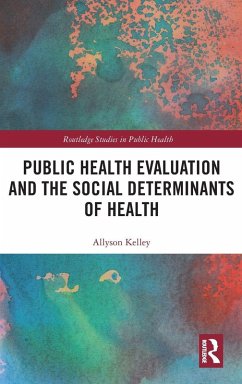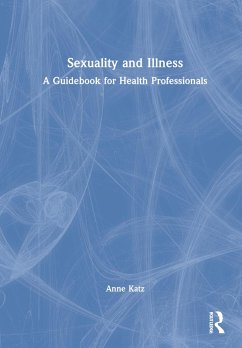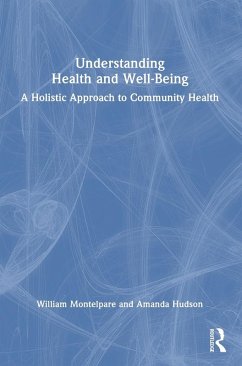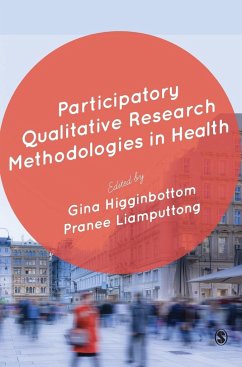
Reading and Understanding Health Research
A Critical Approach
Versandkostenfrei!
Versandfertig in 1-2 Wochen
178,99 €
inkl. MwSt.
Weitere Ausgaben:

PAYBACK Punkte
89 °P sammeln!
This concise guide equips readers with the essential skills required to analyze and critically appraise health research evidence, an integral element to evidence-based practice and professional development.














